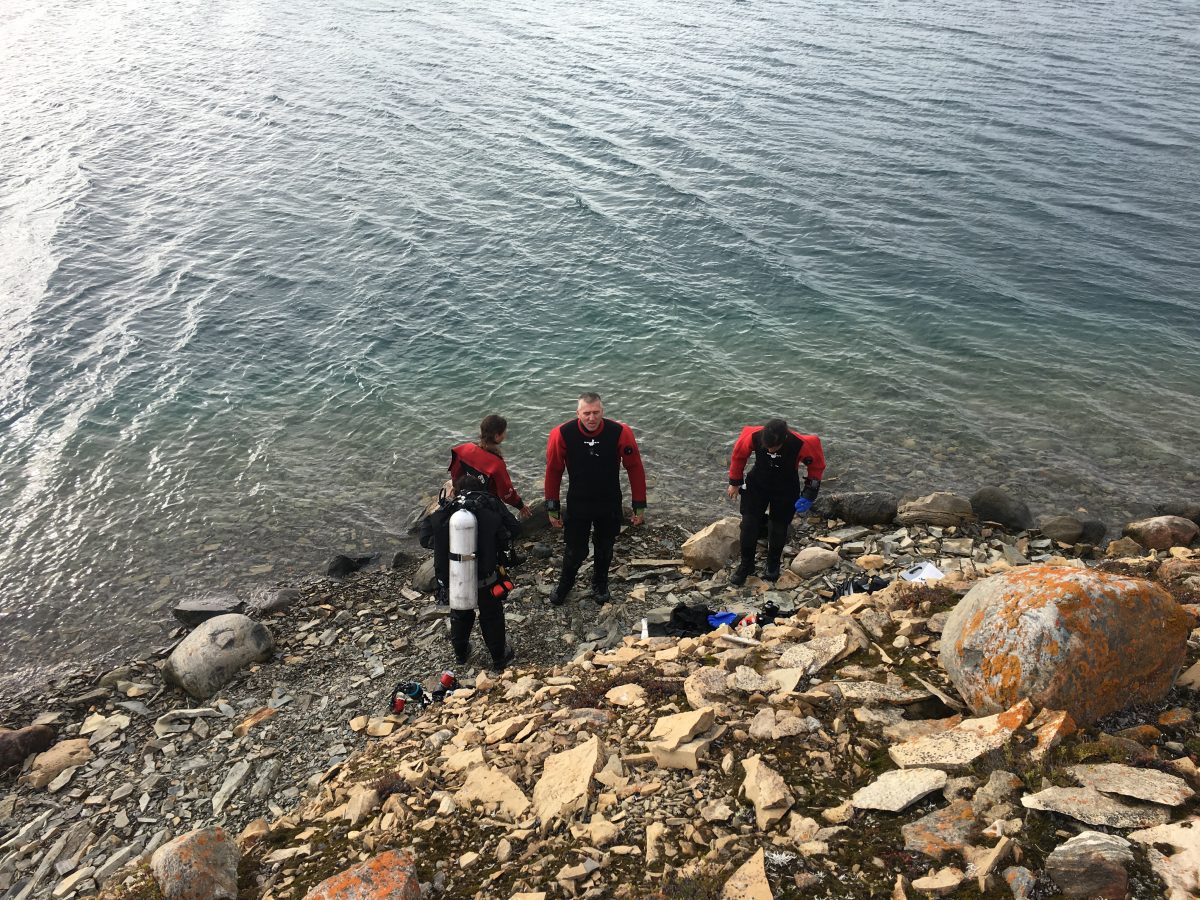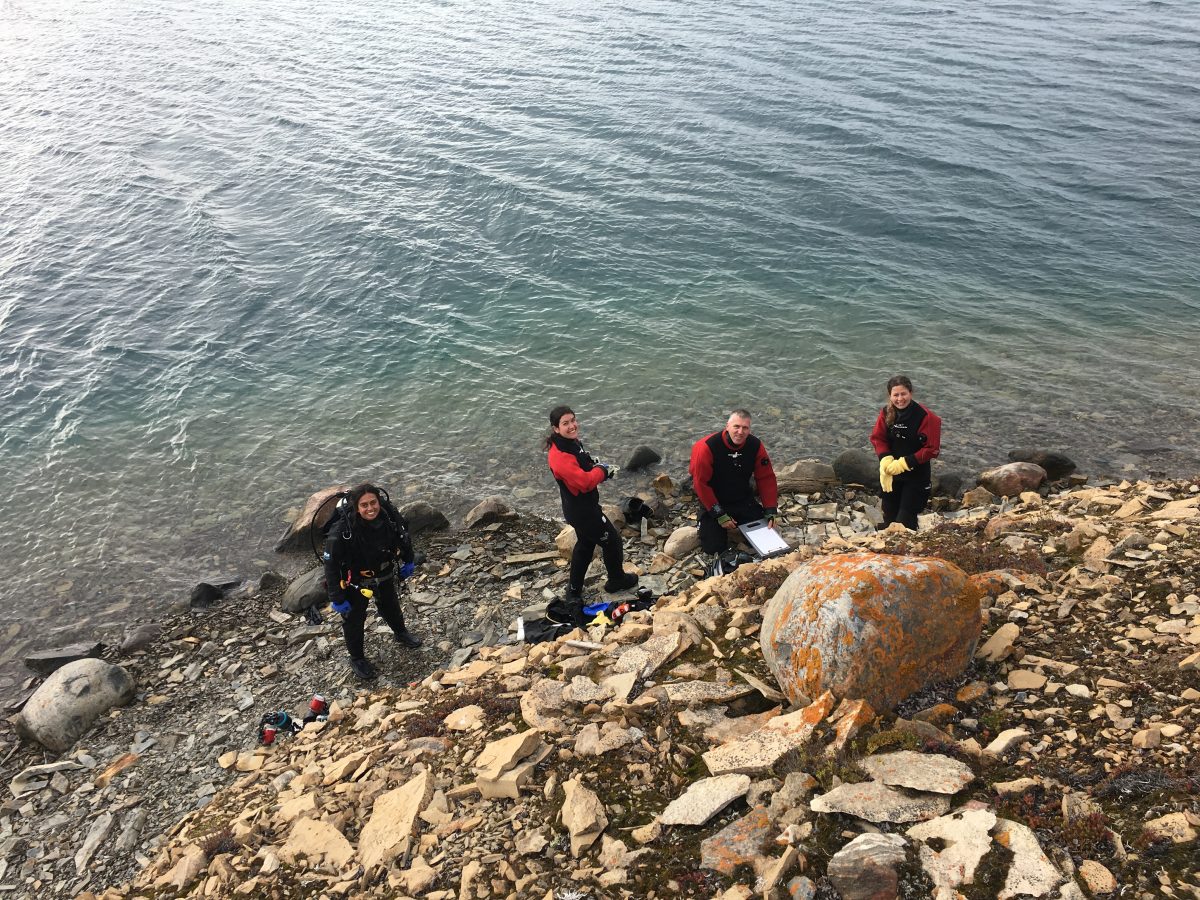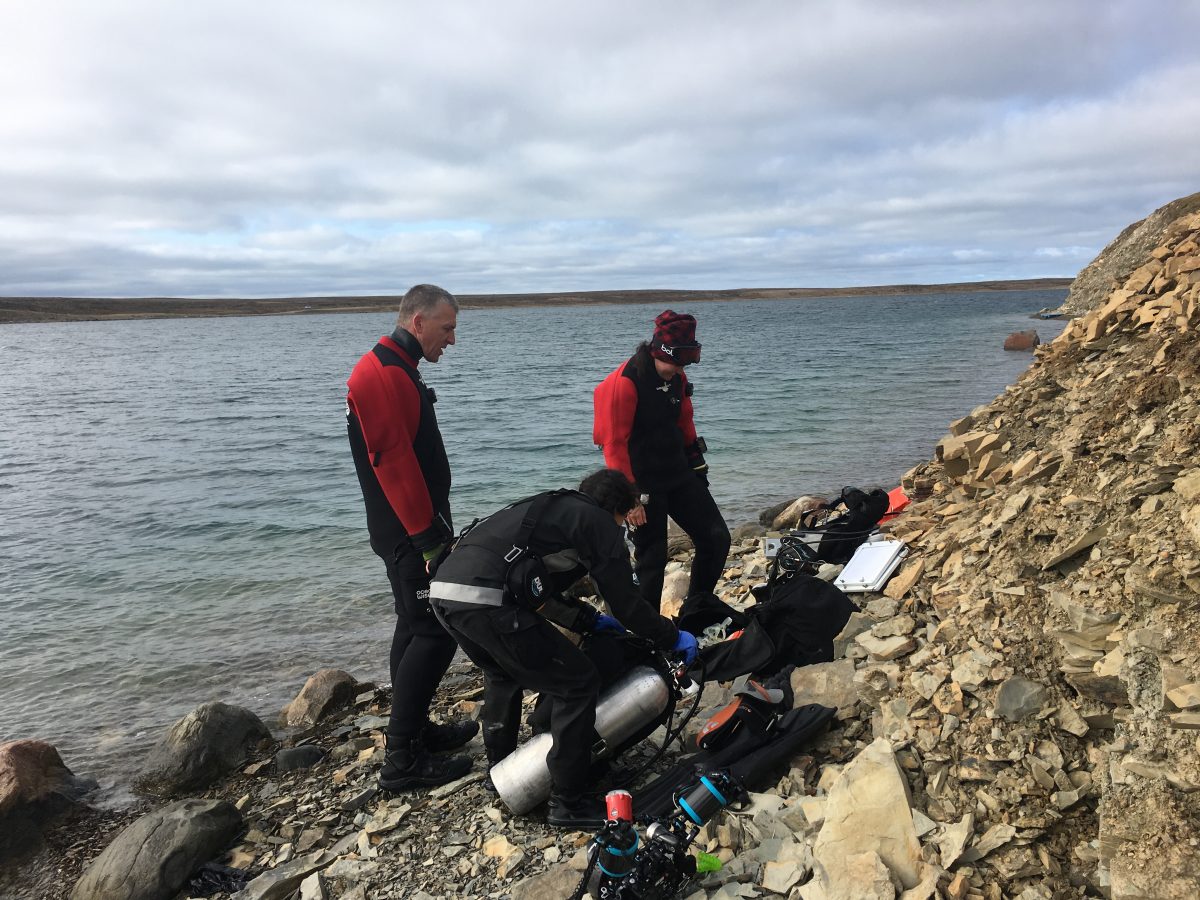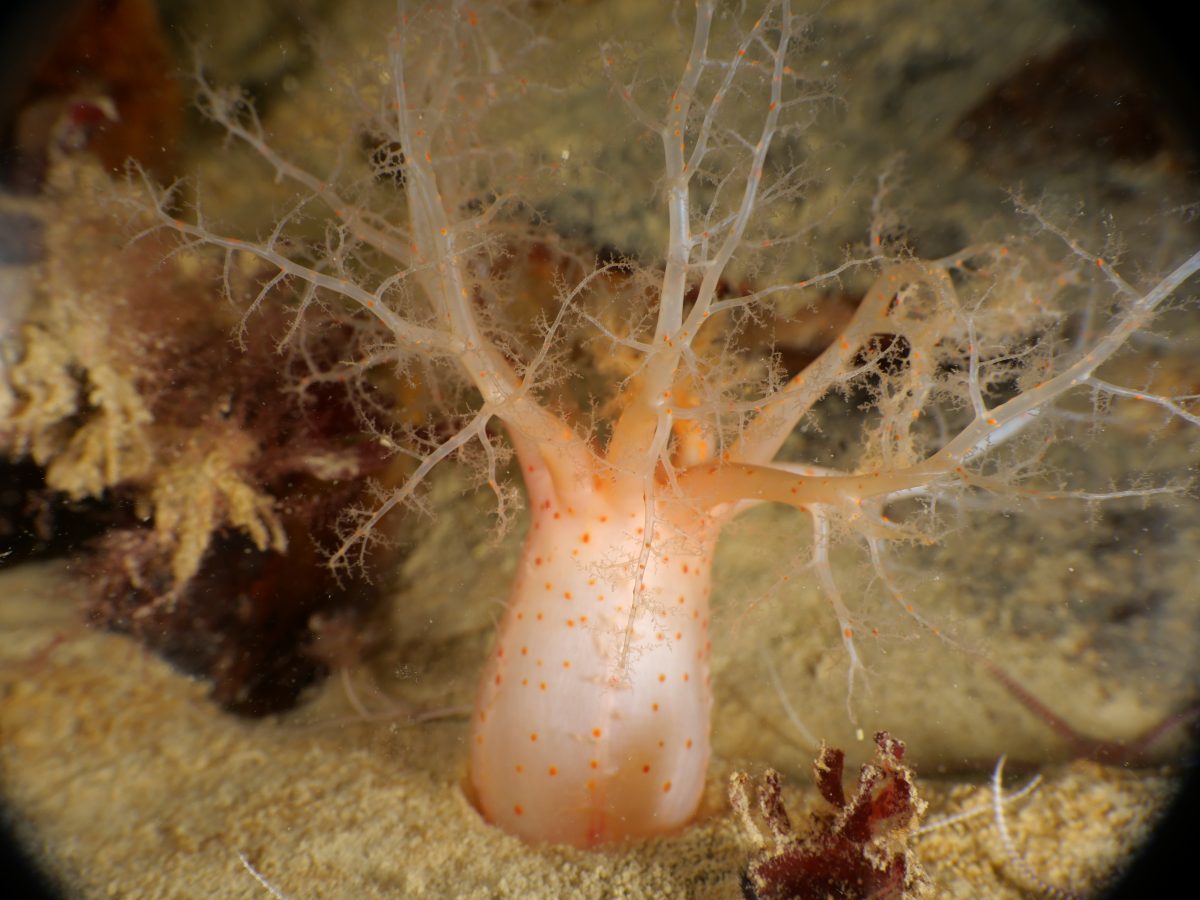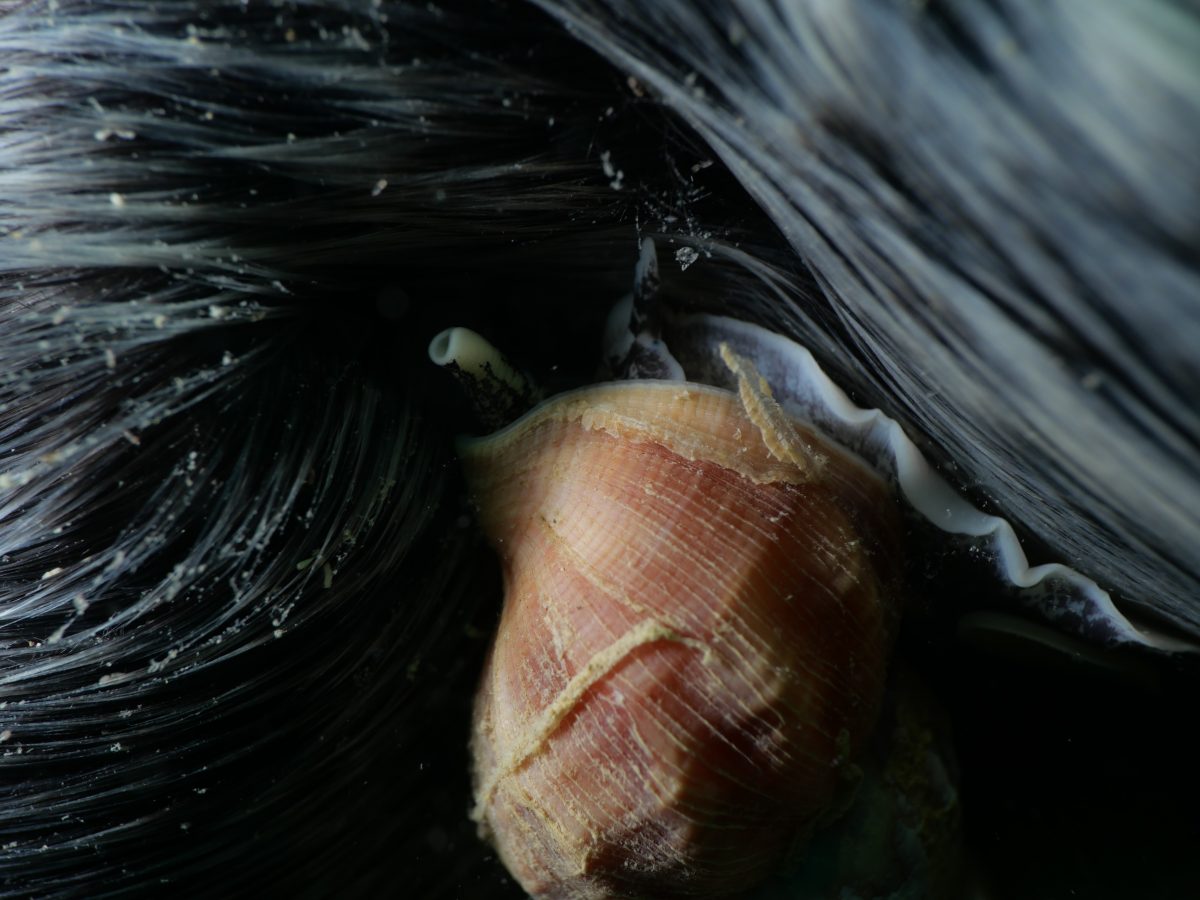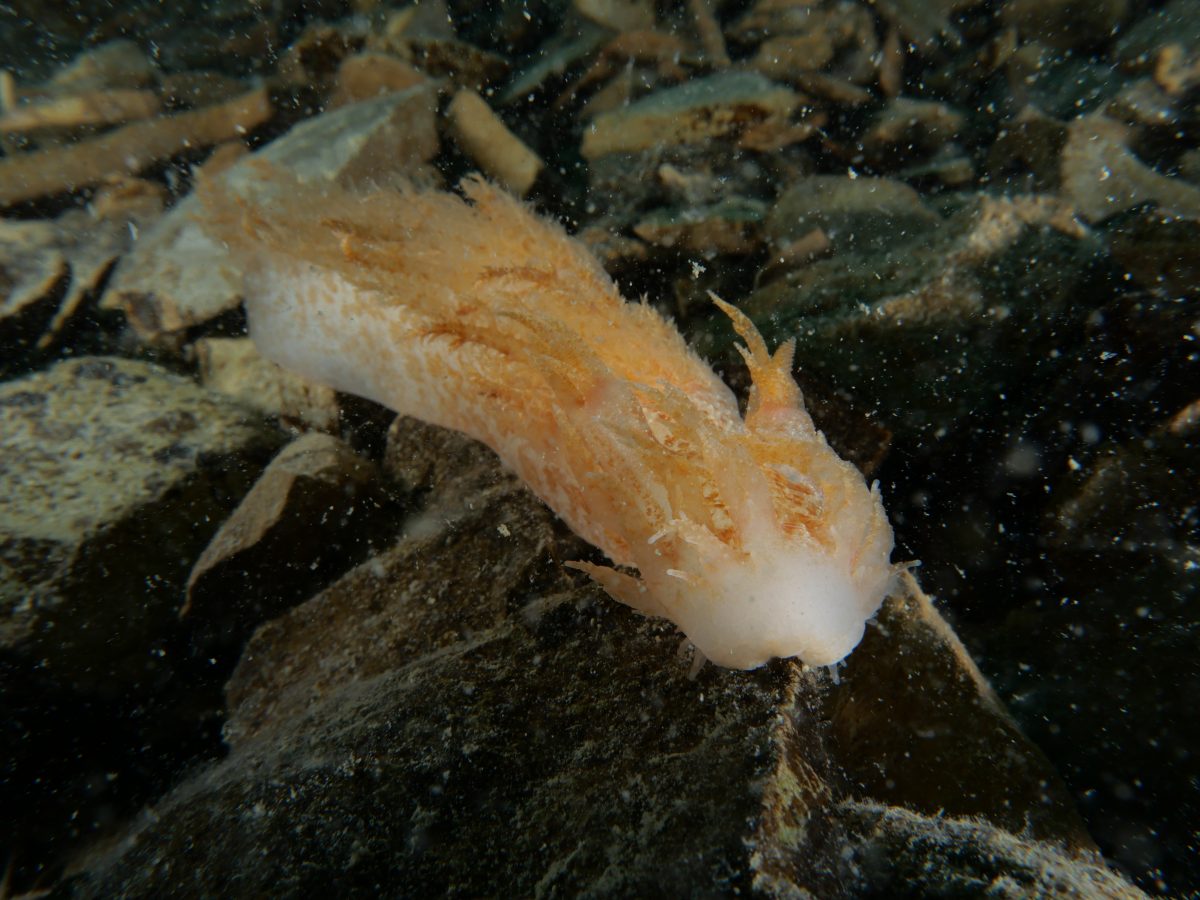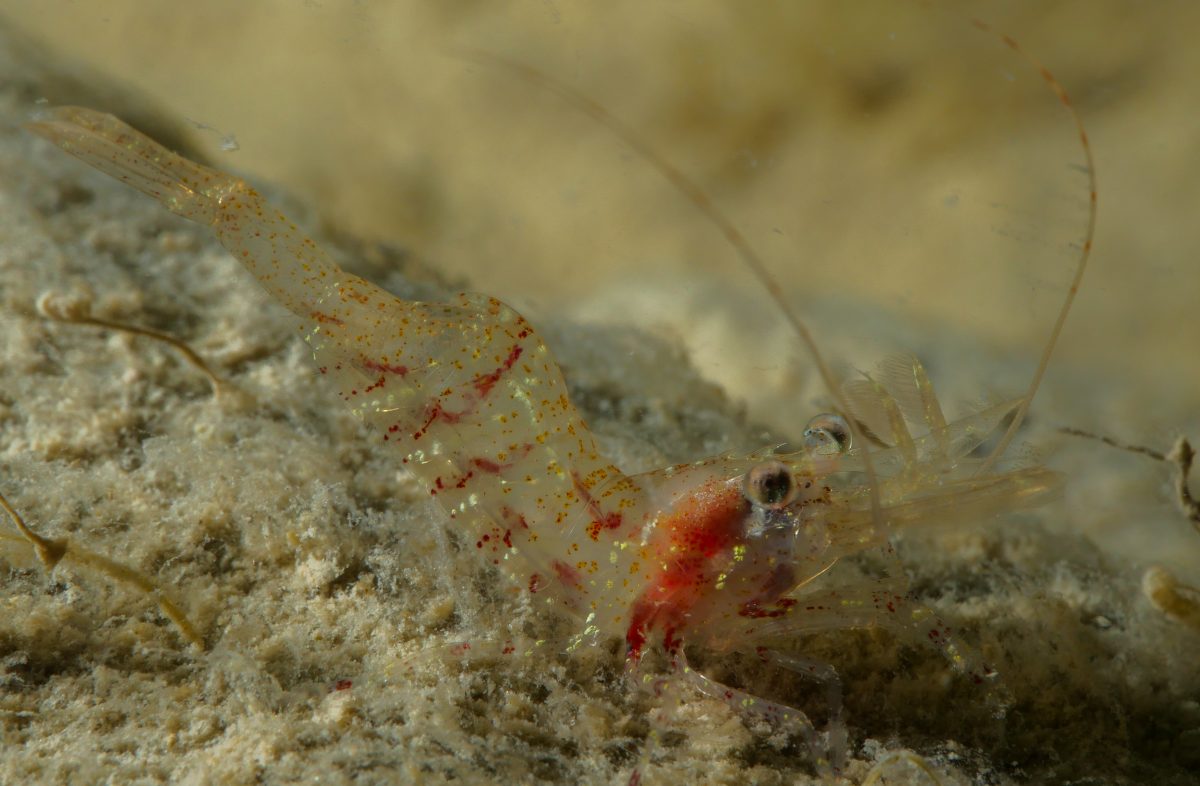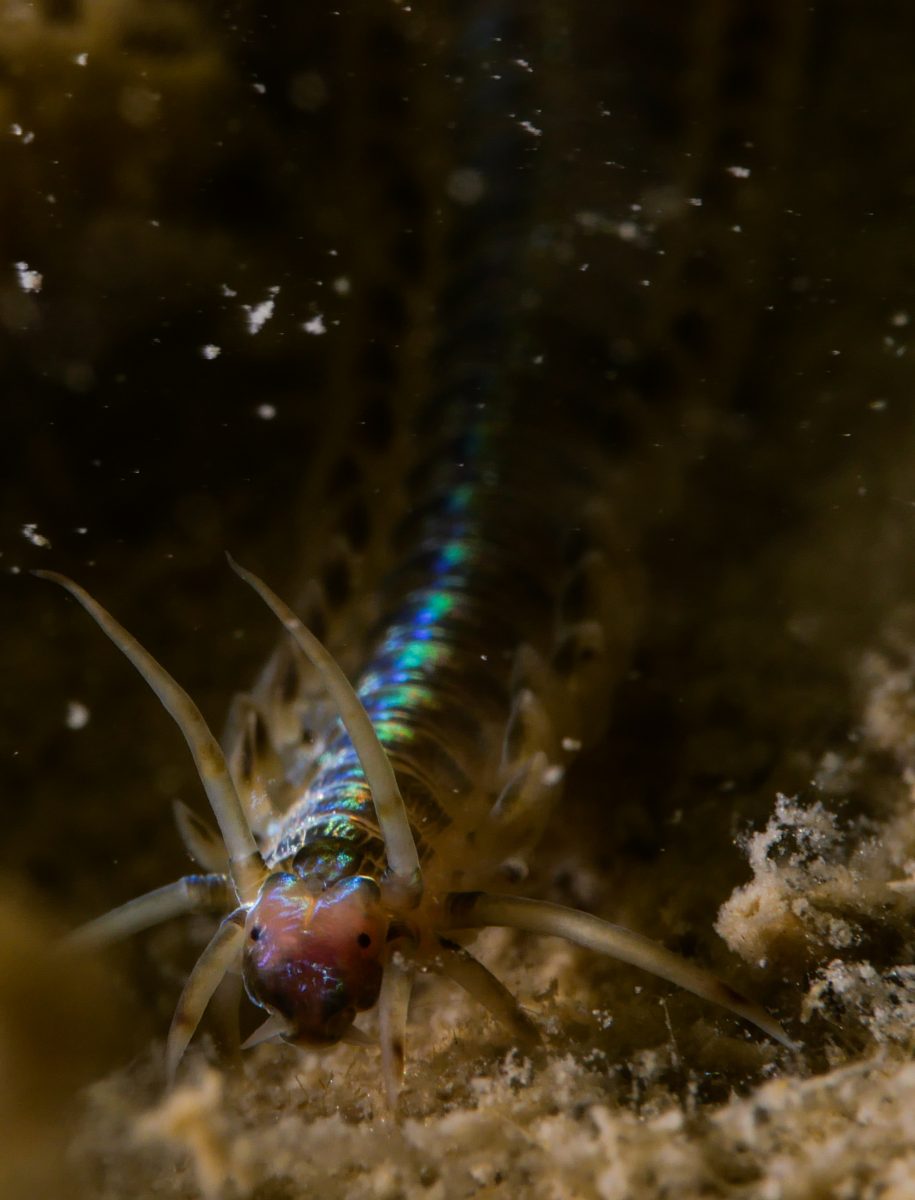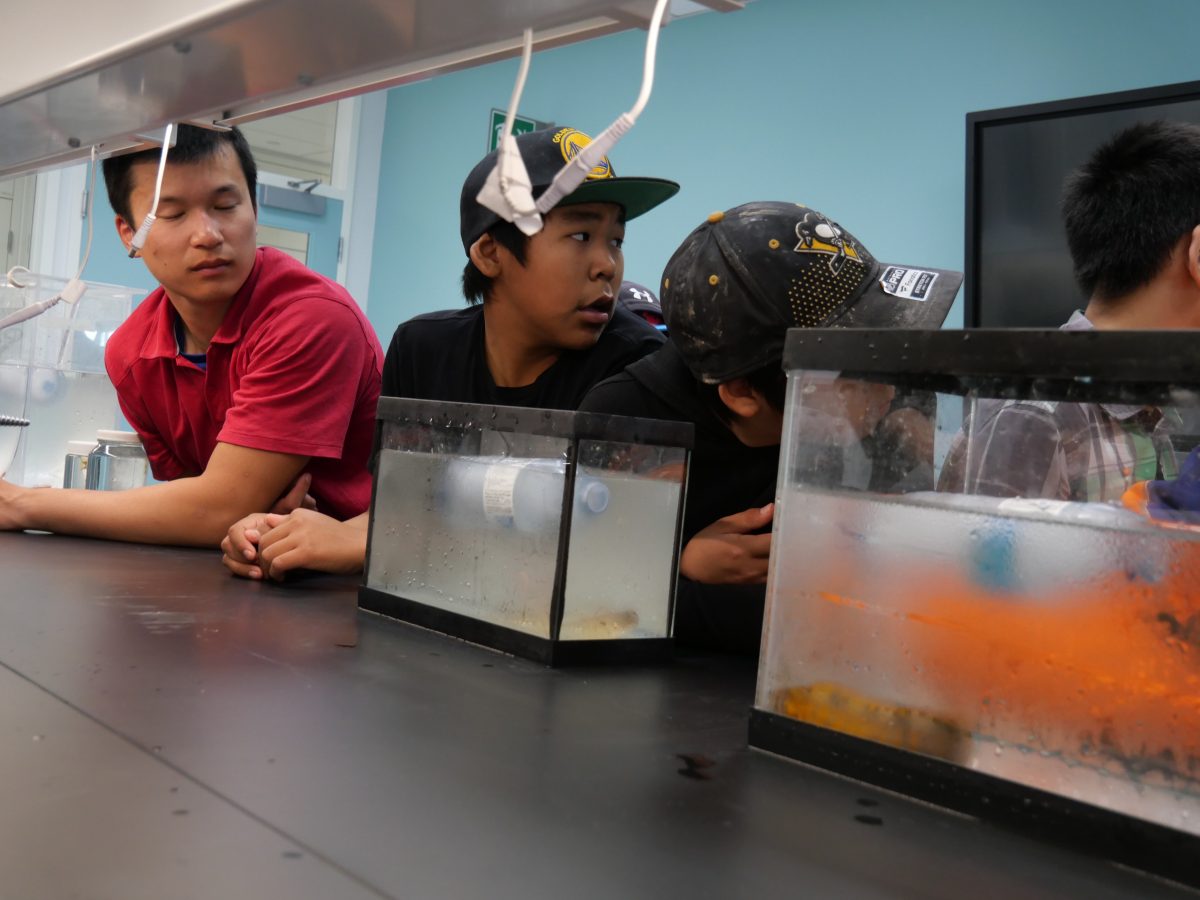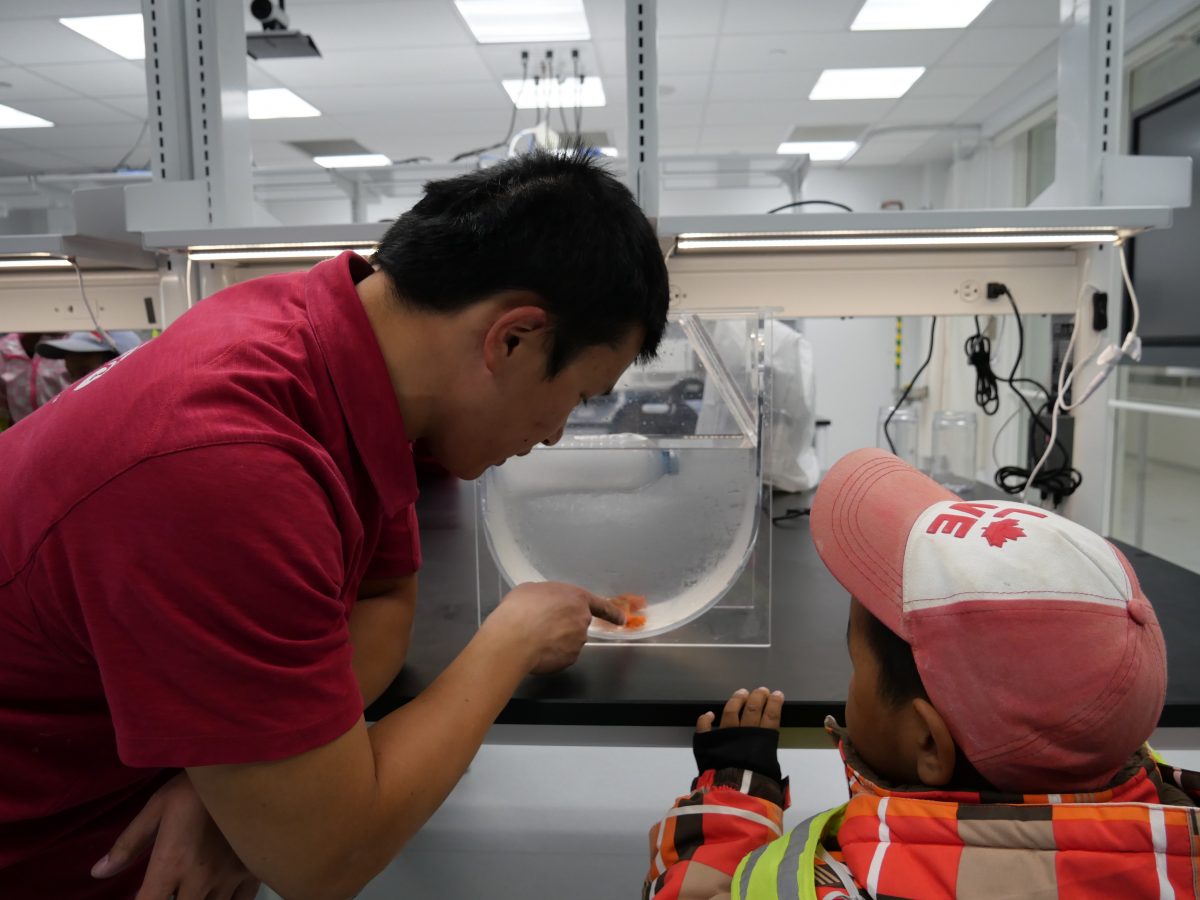As we all know this is a diving scholarship, so I was super excited to top off my month in the Arctic with a dive project with the Vancouver Aquarium; an Ocean Wise Conservation Association Initiative. They have been supporters of the scholarship for years and have had past scholars visit the facility and dive with the research team in Howe Sound, British Columbia. I was lucky enough to be invited along on their annual trip up to Iqaluktuttiak or Cambridge Bay in Nunavut, Canada. Their dive team has been coming here since 2014 to collect specimens and conduct biodiversity surveys. In conjunction with Polar Knowledge Canada (POLAR) they are attempting to “understand these complex underwater communities and to interpret effects of change [through] wide-scope baseline surveys of these critical ecosystems.”*
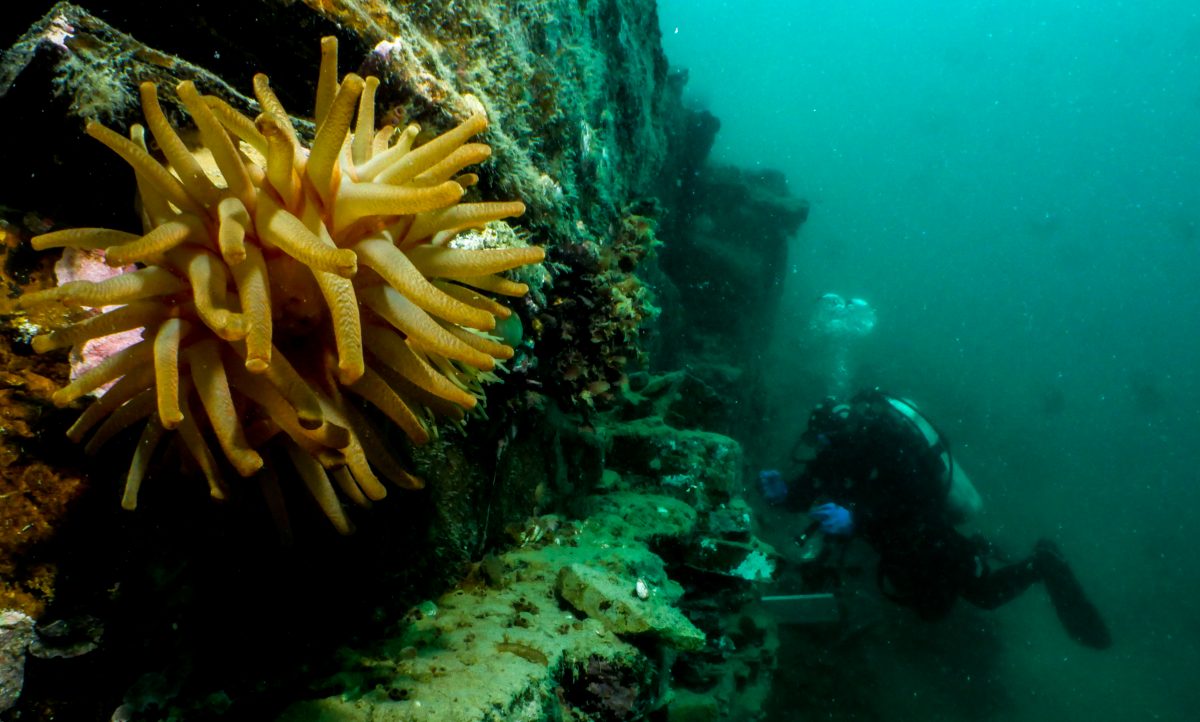
Their mandate is to:
- Identify sites of special interest or ecological sensitively that may be used for research on specific topics, for future monitoring, or which may require future protection
- Create a dynamic catalogue of sites, which can be referenced by future researchers and by CHARS managers in assigning research areas to future research teams
- Provide a set of data to which future surveys can be compared.
*From the Vancouver Aquarium 2015 Nearshore Ecological Survey Report

The Arctic Ocean is the smallest of the world’s oceans, and is warming at twice the rate of the rest of the world. This provides huge incentive to understand many factors that will change, such as amounts of freshwater input, upwelling events and subsequent changes in ocean chemistry and primary production. To learn more about the oceanographic characteristics of this region of the Arctic ocean check out my blog here about my time with the Arctic Research Foundation (ARF).
All of these fluctuations translate to changes within the higher trophic levels of the ecosystem, which is why it is so important for us divers to develop a baseline dataset to which future surveys can be compared. This type of monitoring is right up my alley, as the techniques and methods used are those I am comfortable with through my past research diving work experience. Through roving diver surveys, transect surveys, general curiosity and photography we aim to qualify every species we see at each site and in what relative abundances. Check out these annual reports for more information about what this data can tell us.
The transect surveys used the Reef Life Surveys protocol that is used all over the world, and allows for global comparisons of different ecosystems. Originally started in Australia this method has been adopted by loads of researchers and to date over 12 000 surveys have been conducted worldwide.
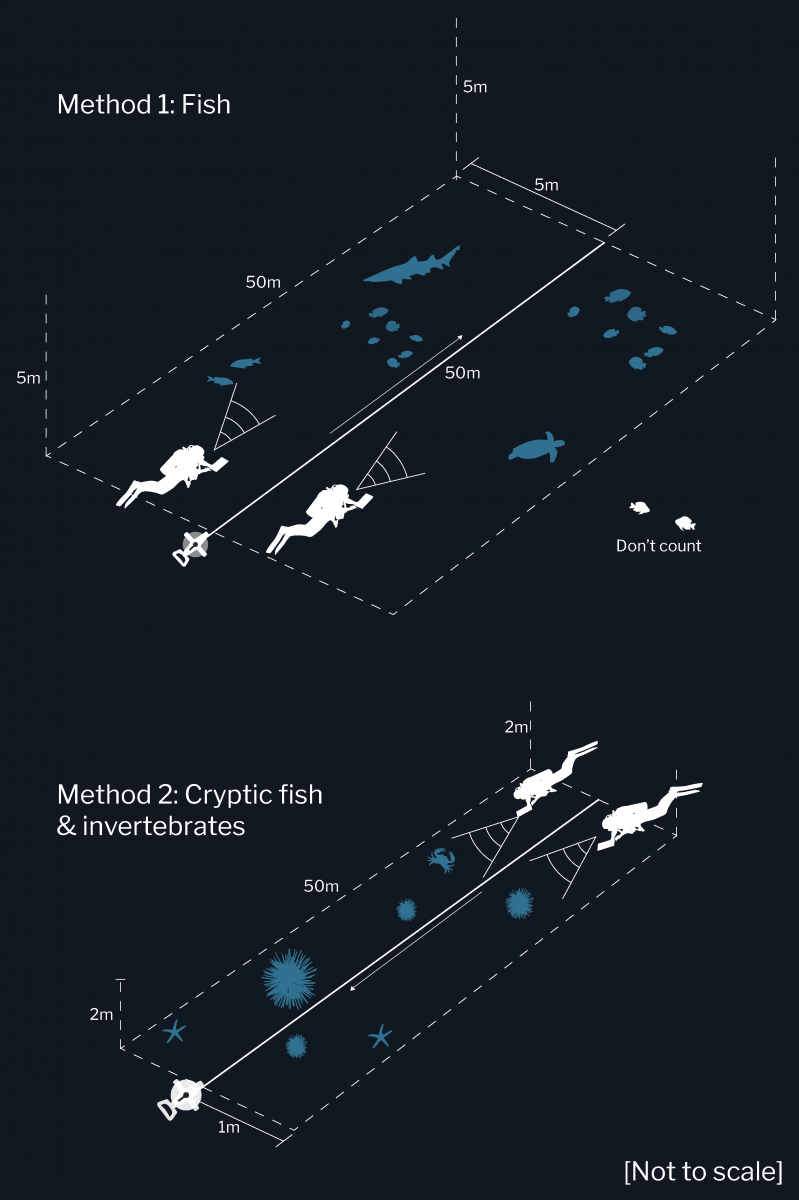
Our dive days would start with loading all our gear onto our rental truck, and going to pick up John Lyall Jr., our boat driver and local guide who the Aquarium has been working with for the duration of their presence in Iqaluktuttiak. John’s boat “Ugyuk” – translated to Bearded seal – is a 20ft aluminum skiff with an outboard engine, that fitted us and all our gear nicely! Depending on the conditions of the day John and Jeremy Heywood, the diving and boating safety officer (DSO) of the Aquarium would decide which sites we were heading to. Our dives were limited to a max depth of 40 m – though most of our dives did not exceed 20m – and to around 30 minutes because of the cold temperatures, and the water is cold!! I had one dive where my computer read -1C, and sea water freezes at around -1.8 C! Many considerations like having reliable equipment, need to be taken when diving in such extreme environments. We had regulators that are tried and tested to not freeze open and free flow in below zero waters, pony bottles as independent alternate air sources, hoods that covered our full faces with little holes for mask and mouthpiece, and heated jackets for our time on the surface. As the closest civilian hyperbaric chamber to us is in Edmonton over 3000 kilometers away we did not want to push our limits!

We split into two dive teams, one in the water at a time. Amanda Weltman: a researcher with the Howe Sound Research and Conservation team, and I were responsible for the transect surveys, as well as noting and documenting other species of interest. Crystal Kulcsar and Boaz Hung, two aquarium biologists, were responsible for specimen collections. Jeremy alternated dives with each team. Over our week and a half there we dove at nine different sites, documented over 50 different species and collected a wide range of specimens.
Oceanwise has a brilliant self-contained life support system (LSS) that allows the aquarium biologists to keep specimens cold and happy in a location not in close proximity to the sea. This year we were allowed to set up the system in the Canadian High Arctic Research Station (CHARS) Field Maintenance Building, which made it easy for us to keep an eye on the animals. The LSS is comprised of two large holding tanks, a pseudo –Kriesel tank for jellies and other planktonic creatures, and a sump pump and chiller which continually circulates sea water and keeps the temperatures between 1 and 3 degrees C. It was awesome watching it fill up over our trip, and if you get to visit the Vancouver Aquariums’ Arctic section any time soon, some of those animals may be from this trip!!
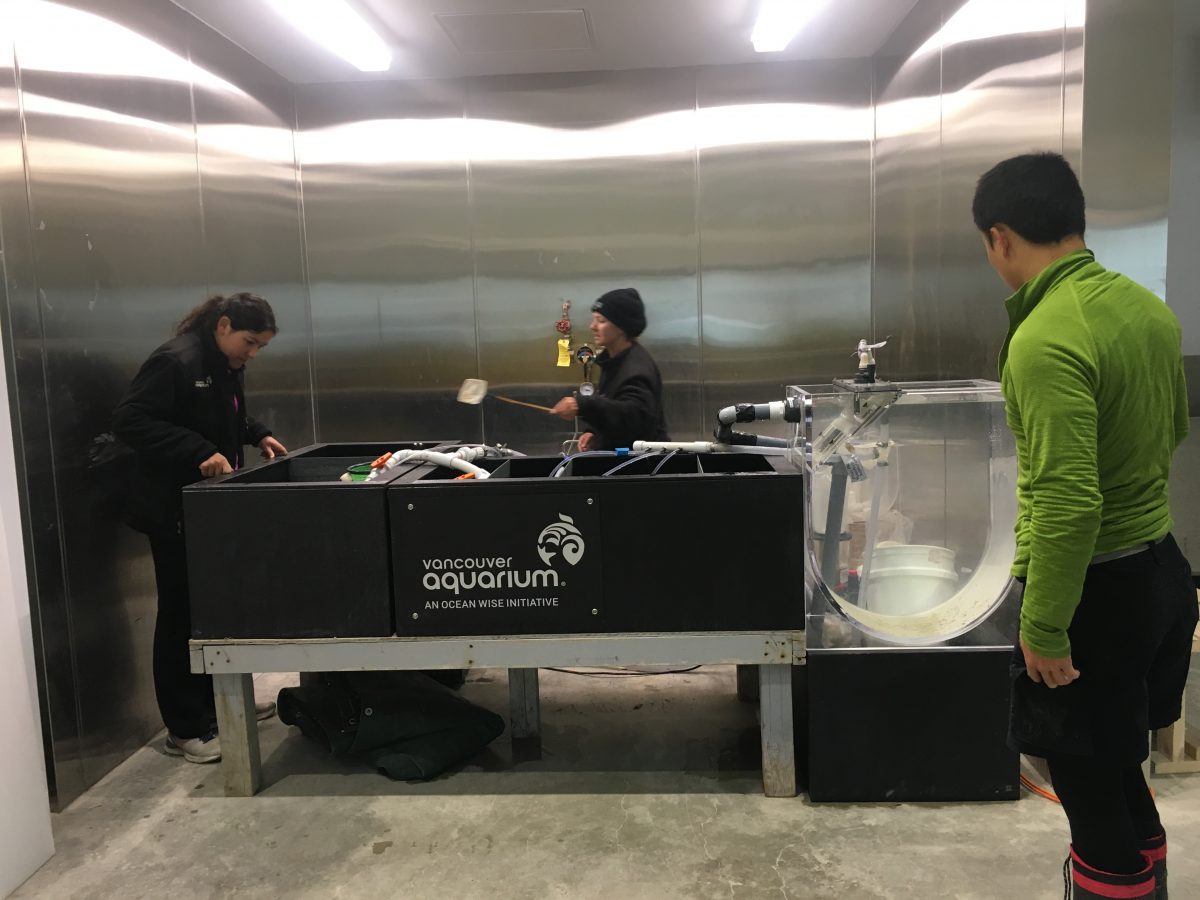
Some highlights for me included seeing a spiny Arctic lumpsucker (my first wild lumpsucker encounter) the cutest fish ever, and collecting and documenting soft coral Gersemia rubiformis at a depth of only 10m. This is interesting as most coldwater soft corals live at very deep depths, so there must be environmental conditions here that allow for this anomaly. These corals are also hilighter pink as are many other animals here. For many people bright colours and abundant life isn’t associated with cold waters. But as a seasoned temperate diver, and now having experienced the Arctic ocean, let me tell you, this is far from the truth!
As with all conservation, being able to convey the diversity and the beauty of the life in a place is necessary to inspire interest. A big part of the Ocean Wise goals for their Arctic program is to engage with local communities. Since I was in town before the Aquarium folk got there I helped with organizing their community event in conjunction with CHARS. The event consisted of touch tanks with different animals, many photographs from the Ocean Wise Arctic dive trips as well as a talk about scientific diving in the Arctic by Jeremy, and the Rolex Scholarship by me. The whole elementary school – around 100 kids – as well as some high school students and others from the community came through during the day. When the ocean is covered by ice most of the year, what lies beneath the surface is a complete mystery. I loved watching the kids’ faces when we told them all the crazy animals they were seeing and touching came from their very own waters!
This was a fitting end to my time in the Arctic. I have spent an incredible month learning about a whole new world of polar research with its own set of unique challenges. I have made so many connections, and have met numerous interesting people. However for me the most illuminating aspect of this trip was witnessing first hand the realities of the Canadian North. Remote communities like Iqaluktuttiak still do not have easy access to things that we in the south don’t give a second thought to. One of my goals for my scholarship year was to learn about the challenges of conservation in places where alternative resources and infrastructure aren’t readily available. If you have kept up with my blogs, you might know I just visited an MPA in Indonesia to address this goal. However, Inuit face these challenges in my own country every day! The Inuit have, for thousands of years lived a life off the land. Food comes from the char and seal in the water and the caribou and muskox on land. As the Arctic continues to warm at an unprecedented rate, changing processes that have remained static for millennia, the pressure on these resources is increasing. Exacerbated by disease, and commercial resource extraction, these communities are feeling and talking about the changes around them. Hopefully through a combination of Inuit knowledge and the research happening here, unique ways to address these issues will continue to come to light. In the meantime I feel so lucky to be able to share my love of the sea with the youth here that need to be inspired to make change now!
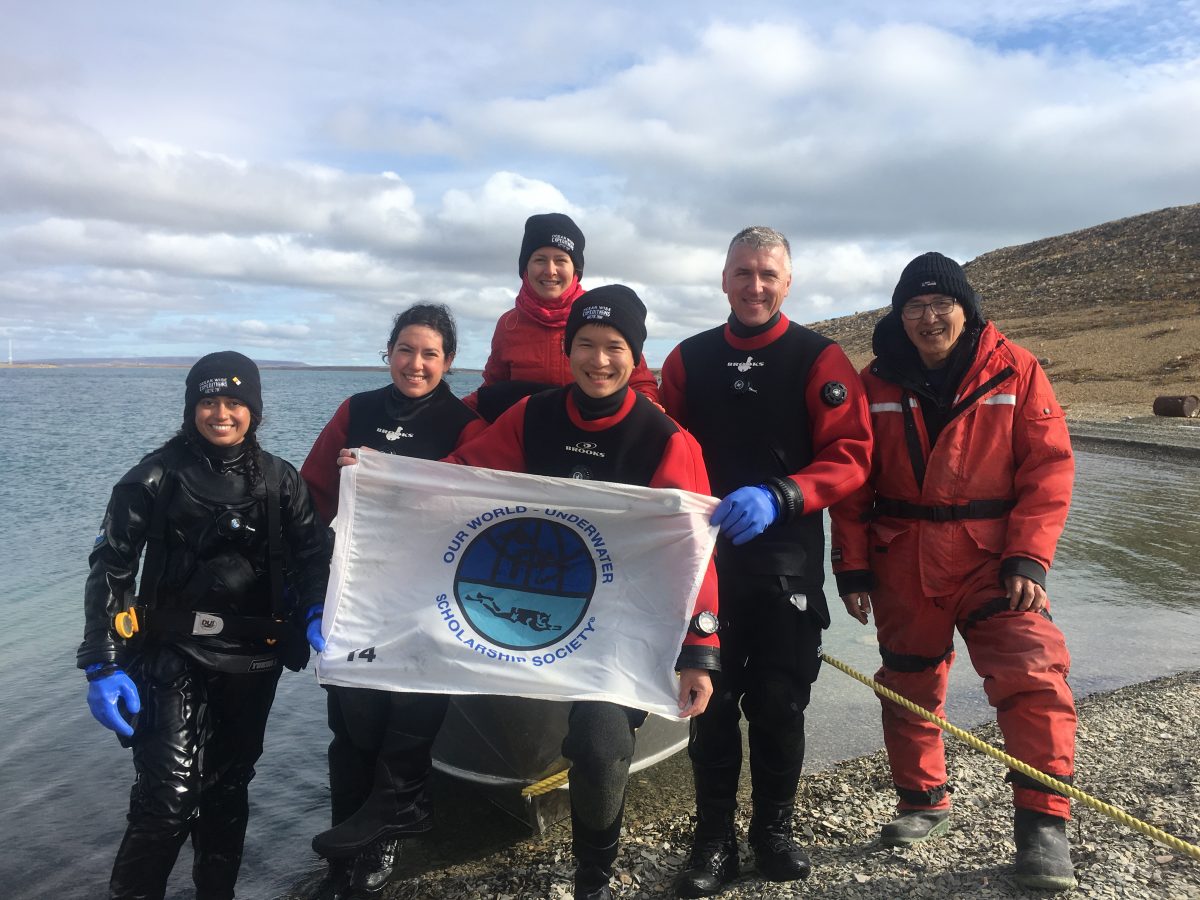
Thank you to Ocean Wise Vancouver Aquarium for taking me diving in this unexplored sea, the Canadian High Arctic Research Station for accommodating and supporting me for the whole month, Diving Unlimited International, AquaLung and Fourth Element for enabling me to feel warm (-ish) in freezing water, Reef Photo and Video and Nauticam for allowing me to document it all, and to Rolex and the Our World Underwater Scholarship Society for this experience of a lifetime.
